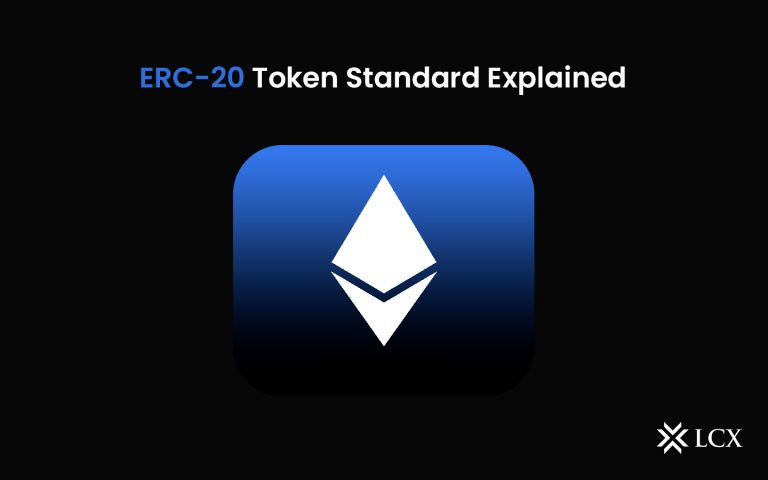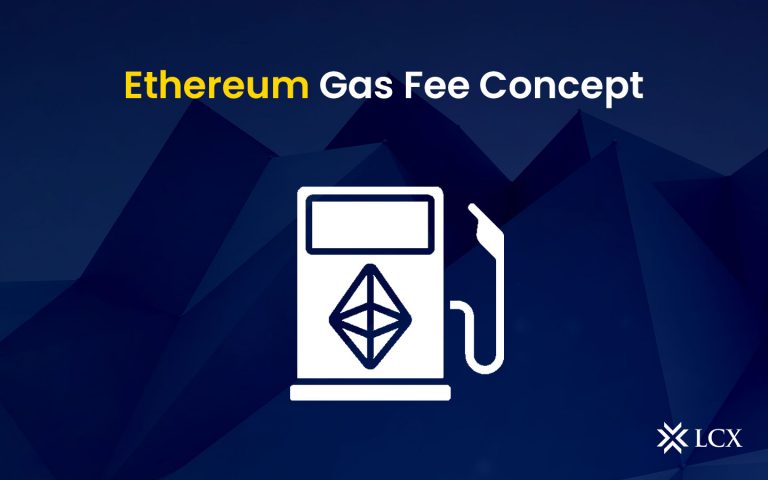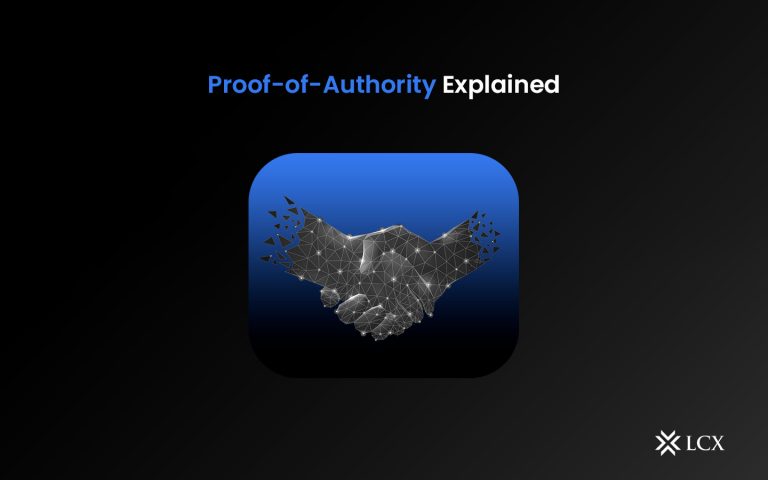Although blockchain was introduced roughly a decade ago and its use and acceptability are still in their development stages, the popularity of digital currencies and NFTs is giving decentralization new relevance. If this technology becomes more widely adopted and used, it is expected to have an impact on how the financial and payments businesses conduct business. Specifically, technology is altering the way many modernizing financial institutions work by significantly lowering operating costs while minimizing the time typically necessary for certain activities.
Even though blockchain has many fundamental benefits, adoption has indeed been slow, likely due to the technological frameworks that institutions already have in place as well as the uncertainties that the potential for decentralization presents. This concept is not a progression of previous technologies, but rather a new way of conducting business that necessitates new technology. One of the original promises of blockchain was its ability to become the backbone of global recording systems. Transferring financial data across borders in real time, safely, and effortlessly is a massive advantage for worldwide banking and payments.
Use of Asset-Backed NFTs in Fintech
NFTs are already having a significant impact on the blockchain industry. These digital assets are anticipated to integrate with other blockchain applications to build an entirely new financial infrastructure with significant means and uniting possibilities in the financial sector.
NFTs are anticipated to continue attracting interest in the foreseeable future. The market for these tokens has already drawn significant investment, and it appears that it will continue to grow in the coming months. The emergence of NFTs has the potential to have a big impact on fintech. When more digital assets become NFTs, the formation of totally new asset classes may occur, altering how financiers make judgments.
Although there are still concerns about the security and environmental impact of NFTs, these tokens are predicted to have a greater impact on the financial industry and fintech than they do now. Several analysts have already talked about how fintech businesses could use tokens to their advantage. There are still some problems to solve and some things to make easier.
The Future of Asset-Backed NFTS in Banking
Tokenizing digital assets has increased business uses that could be integrated into banking services and products. Not only that, but they could possibly be used to enhance bank transactions. This opens up a number of opportunities for banks and financial institutions to become market leaders.
NFTs create opportunities for frictionless banking that are not limited to traditional financial service providers. Unexpected entrants are infiltrating the world of NFT payment ecosystems. Their ability to build a large community of followers, combined with their ability to create frictionless solutions on popular platforms, is certainly something to keep an eye on. The allure of these platforms for buyers and sellers is strong, and they promise a customer base that could rival that of traditional banks.
Lesser Brokers and Enhanced Distribution Networks
Currently, banking comprises various brokers throughout the supply chain; however, NFTs have the capacity to simplify these processes. Loan tokenization, for example, enables some intriguing advantages for loan processing. Smart contracts could also be linked to NFT-held mortgage or loan products. Loan terms and agreements might be woven into NFTs and automatically executed. This could eliminate a lot of associated fees and allow for more efficient distribution of property or credit.
Fractionalization and Financing
NFTs can be used to tokenize assets, which are preferred by both private investors and regular users. People’s willingness to invest their money is shifting. Having a rare collectible in digital fashion or art indicates that investor desire and behavior’s are changing. A critical concern for banks is how to capitalize on the NFT movement.
Fractionalized NFTs (F-NFTs) are a characteristic that enables shared investment in huge finance and debt arrangements by dividing an NFT into smaller portions. It is useful when considering green finance options because F-NFTs have the potential to increase the investment capabilities of adaptation and climate-related projects by breaking up carbon credits.
Technology and Brand Recognition
While actively engaging diverse client categories, banks will continue to incorporate brand recognition into their strategy. NFTs can assist in the evolution and enhancement of traditional brand loyalty solutions. There has been an increase in the number of communities and businesses that promote NFT loyalty-based programs by providing discounts, special deals, and unique item releases backed by NFT holders, creating a sense of exclusivity across client categories. We might apply this reasoning to banking: a bank account holder on a silver-level reward current account, which contains advantages and features such as travel insurance and restaurant discounts, may access these perks and features via the account holder’s NFT. This would improve the bank’s profile and guide them into next-generation banking via Web 3.
Final Thoughts
While the notion of NFTs is still in its formative development, it has already demonstrated a high potential for big profits for its owners, providing actual value for both buyers and sellers. NFTs can be used as an instrument for a variety of activities or as an element that can be connected with other blockchain-based applications.










